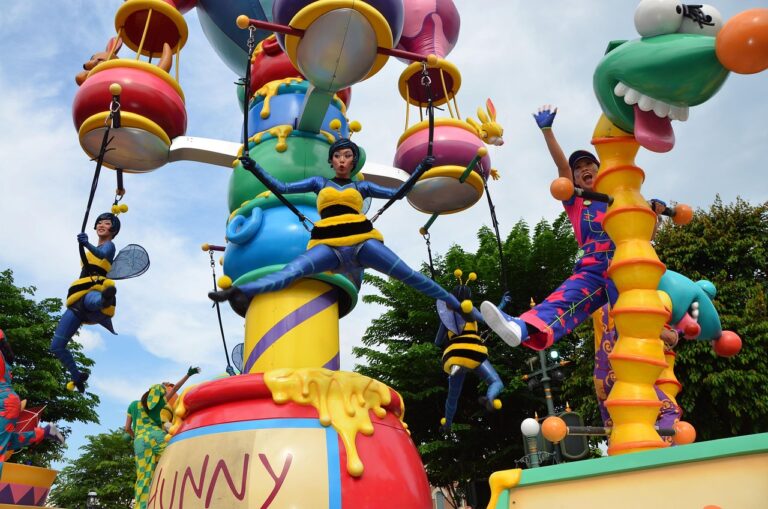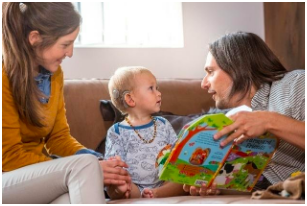Waiting!
We ask our children to do this all day long, but are we just as much of the culprits of showing impatience, or speaking too soon? Waiting is an incredible tool to use with children whom you would like to encourage more verbalizations, signs and just overall communication.
Their little brains are growing, exploring, and processing all of the information we are throwing at them all day long. We need to give them time to process all that we are asking for!
During play with a young child, it can feel like we, adults, are doing all the talking. While it is beneficial to provide plenty of language models, we often overlook one of the most important and powerful language facilitation strategies, pausing.

1, 2, 3, Go!
You can incorporate this into play by setting up a routine and pausing right when the child expects something to happen. For example, start by saying, “1, 2, 3, go!” before blowing bubbles, throwing a ball or pushing a toy car. Repeat this a few times.
Then, set up the routine by saying, “1, 2, 3…” and wait for communication to happen. When we add a 3-5 second pause, the child has to problem solve how to get the desired outcome. Providing wait time allows children the opportunity to establish eye contact, vocalize or a produce a word.
Another way to work on waiting is to take a step back and observe your child. See what he or she is interested in. If your child is reaching for a puzzle, look at the puzzle, then establish eye contact with them and wait expectantly. This opens the door for the child to initiate communication.
So, next time you play with your child, think about this acronym: OWL – Observe, Wait, Listen
Harder Than You Think
This extra time of even just 5 seconds can work wonders for encouraging more communication, eye contact and signs. It’s harder than one may think to implement! Give it a try and see how your child responds.
If you feel that you need more guidance in facilitating language with your child, call our pediatric speech and language pathologists at Chicago Pediatric Therapy & Wellness Center at 773-687-9241 to get the guidance your family needs.





